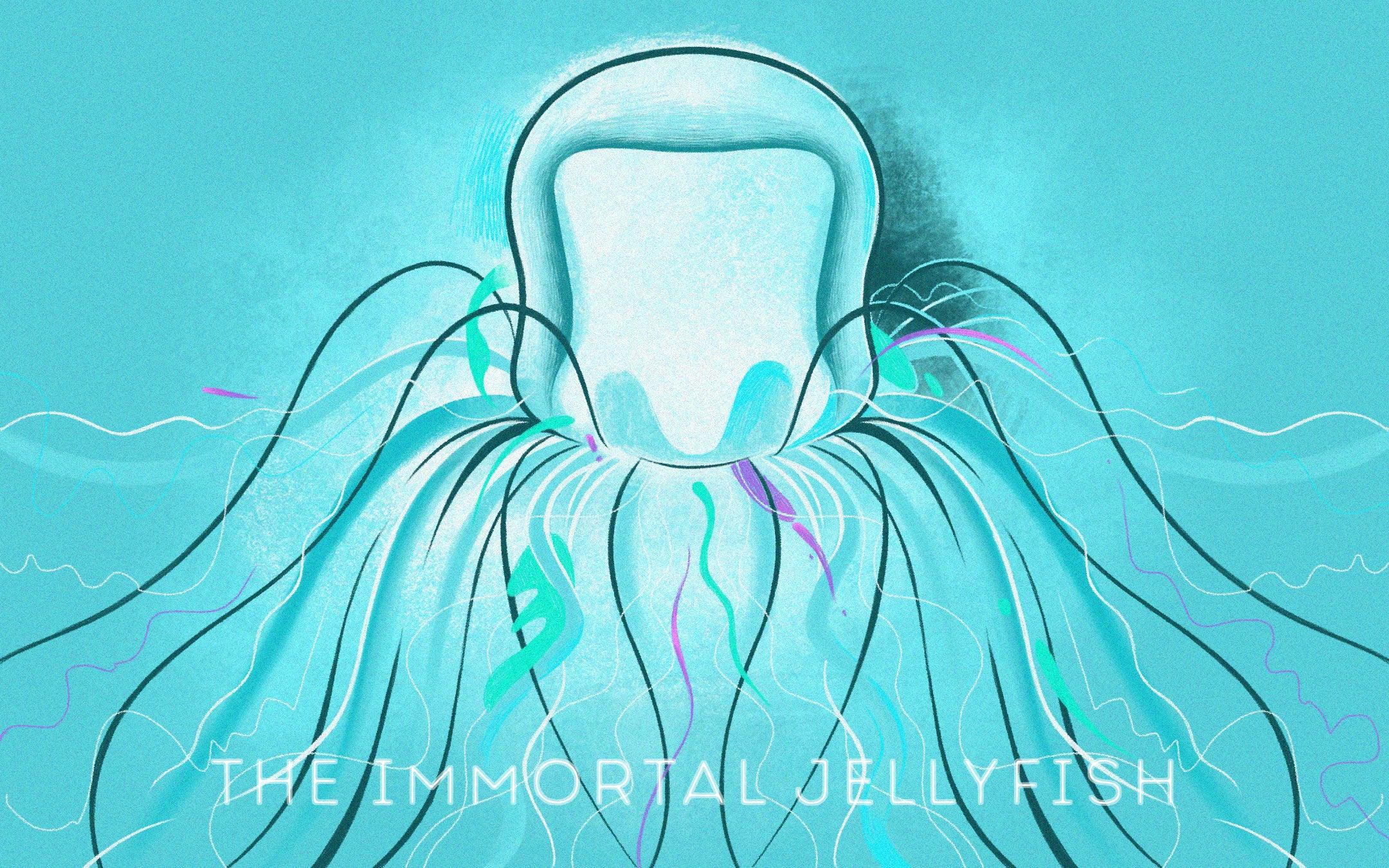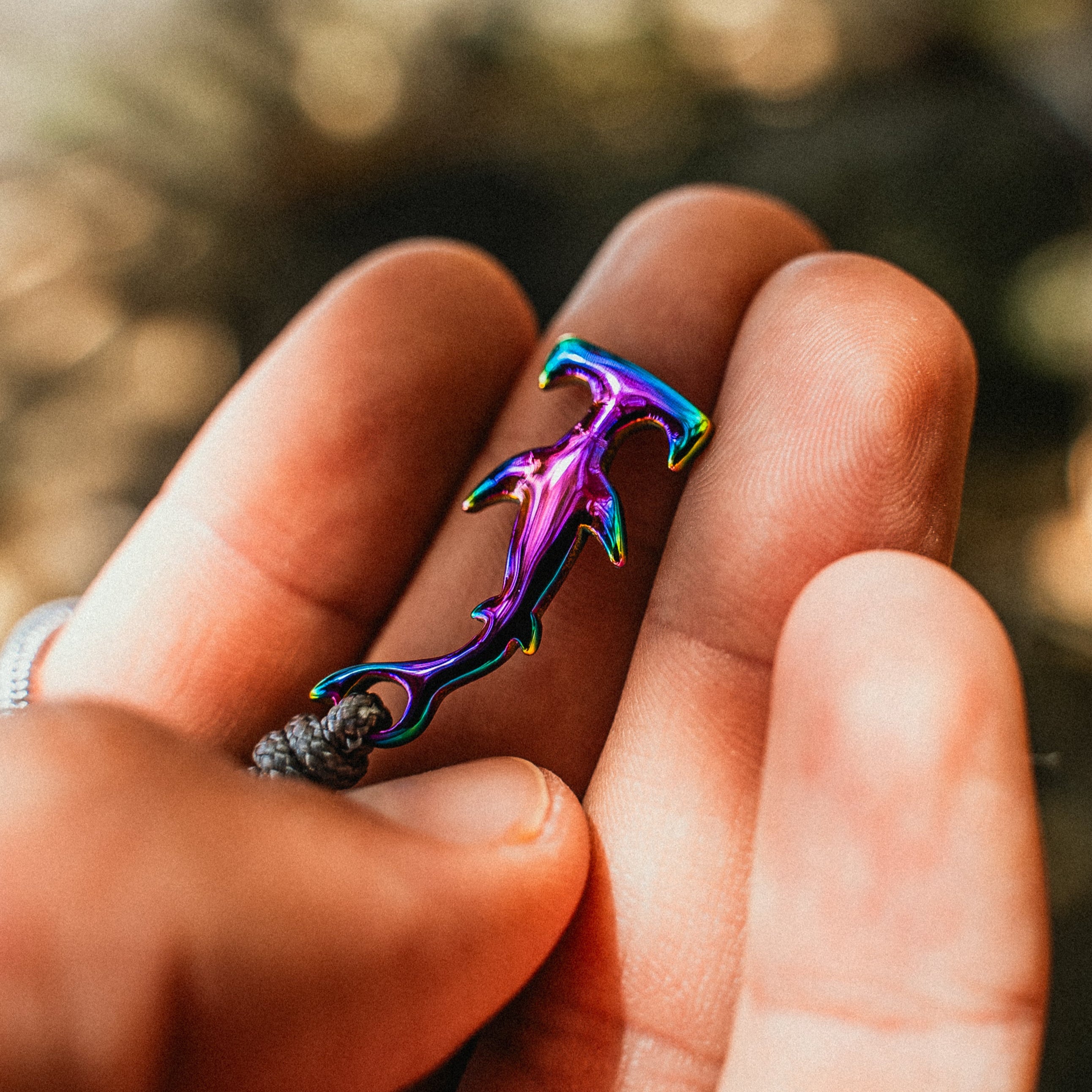
Immortal Jellyfish
The quest for immortality has captivated our minds since the beginning of time. From Dracula to The Picture of Dorian Gray, Benjamin Button, and Highlander, popular culture is filled with tales of brave adventurers searching for the fountain of youth or making deals with the devil to cheat death.
This is all, of course, fiction - we know we cannot stop the aging process. But Turritopsis dohrnii, more commonly known as "the immortal jellyfish," seems to have found a way to do just that.

The immortal jellyfish
This jellyfish was first discovered in the Mediterranean in 1883, but it wasn't until about a hundred years later that scientists first observed their remarkable capacity to restart their life cycle over again.
Many ocean-dwellers like some starfish and octopuses have the capacity to extend their life, thanks to regeneration. However, this jellyfish goes one step further and is considered truly immortal because it can transform its entire body back into a younger state and avert the aging process altogether.
The typical life cycle of a jellyfish
A typical jellyfish's life cycle is relatively short. After hatching from fertilized eggs, these aquatic animals start their life off as free-floating tiny larva. They'll then attach themselves to a surface and take the shape of a polyp. As they grow, their next life stage is spent reaching sexual maturity in the form of an adult medusa (jellyfish). The medusas then reproduce, release their eggs and sperm into the water, and die soon after mating.
However, in the case of Turritopsis dohrnii, reaching adulthood means possessing the ability to revert its development back into a polyp again. It essentially turns back the clock on its lifespan by undoing its biological aging from birth to adulthood, enabling itself to repeat the life cycle all over again.

Is the immortal jellyfish really immortal?
While other types of jellyfish have very short lifespans, with most only living up to a few months, this species has been known to live for many years and have been observed to regenerate over ten times in lab conditions.
However, it is important to note that although these creatures can regenerate their lifespans indefinitely, they can still suffer harm. They continue to remain vulnerable to pollution, habitat destruction, fishing, and predation by other species, no matter their developmental stage.
Theoretically, though, they do appear to be capable of living indefinitely if no outside forces harm them. Like other jellyfish, they are preyed upon by sea turtles, fish, and even larger jellyfish or sea anemones. But if a predator tries to eat them or the jelly experiences environmental stress, the transformation process is triggered and they return to early polyp stage, often unharmed.

More immortal jellyfish facts
Turritopsis dohrnii has a somewhat transparent bell with a bright red stomach visible inside. Adults can have up to 90 white tentacles and grow to about five millimeters in diameter (less than the size of a pinky nail).
Like other jellyfish, they move by pulsating their bell, thus creating a current of water that pushes the jellyfish forward as it sways from side to side.
Their primary food source consists of plankton and fish eggs, which they filter through their tentacles when swimming near the water's surface. As an adult, Turritopsis dohrnii has a habitat that covers both temperate and tropical seas throughout the globe. Like many other small sea-dwellers, they have likely been scattered through every corner of the ocean by getting caught up in the ballast water used for cargo ships, and traveling around in ships’ hulls.
The secret to immortality: transdifferentiation
The process through which the immortal jellyfish's cells revert from old age to a younger state is now known as transdifferentiation. It allows this species not only to develop into adulthood and then revert back into a polyp state, but also for cells within their body that are damaged or ill to become healthy again. Most amazingly, their cells become healthy again by changing into a completely different type of cell!

So… could the jellyfish's reprogramming abilities have implications for humans?
By studying how these creatures manage to reverse the aging process at the cellular level, scientists may be able to replicate this reversion in humans, learn how we can stop our own bodies from deteriorating over time, or even discover how to replace cells that have been damaged by common diseases. So while immortality will likely remain fiction (at least in our lifetime!), we have a lot to learn from these special creatures, and must continue to protect the ecosystems they inhabit.









